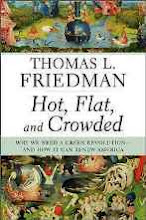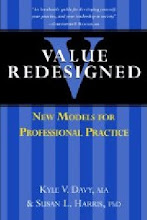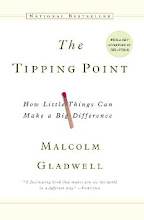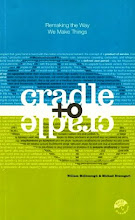 There is a quiet revolution occurring in the construction industry. It’s called sustainable design. Sustainability is generally defined as “the ability of natural resources to provide ecological, economic, and social benefits for present and future generations”. This assumes that the natural resources are not degraded, damaged or diminished while providing social benefit. Adhering to sustainable design principals requires a monumental rethinking of construction and manufacturing processes.
There is a quiet revolution occurring in the construction industry. It’s called sustainable design. Sustainability is generally defined as “the ability of natural resources to provide ecological, economic, and social benefits for present and future generations”. This assumes that the natural resources are not degraded, damaged or diminished while providing social benefit. Adhering to sustainable design principals requires a monumental rethinking of construction and manufacturing processes.Environmentally sustainable construction and manufacturing principals consider all aspects of a product’s impact from cradle to grave. How is the product harvested and manufactured relative to the impact on the natural resources? What is required to transport the product to a construction site? What is the projected life expectancy of the product? What maintenance is required during the product life? Can the product be salvaged and reused in the future? What are the environmental impacts for product disposal? All of the impacts are evaluated in aggregate to determine a relative sustainability index for a product or manufacturing process. As these principals continue to evolve the construction industry is engaged in wholesale restructuring of how business is conducted.
Prompted by the United States Green Building Council (USGBC) and the Leadership in Energy and Environmental Design (LEED) green building rating system, the construction industry has experienced a dramatic shift in public expectations concerning new construction and renovation. Founded in 1993 the LEED program is a voluntary, consensus-based national standard for developing high-performance, sustainable buildings. Public federal, state and local agencies have embraced LEED for providing a framework for assessing building performance and meeting sustainability goals. In 2003, USGBC “estimated $15 billion worth of green buildings were under design or construction in the U.S., representing 12-15% of the total public construction and about 2% of the private sector construction”. While the green sector was only %5 of the $315 billion U.S. annual commercial, industrial and institutional building sector, it is important to note that it was growing at a rate of 75% per year.
In November 2005 USGBC reported “that more than 390 million square feet and 3000 projects have registered with USGBC to become LEED certified, including nearly 400 projects in just the past four weeks”. LEED certification increased 100% in the six month proceeding November 2005. The industry impact is ever more dramatic and far reaching because many owners ask design professionals to incorporate LEED principals into building construction, but do not want to incur the additional cost of certifying the project with USGBC. Currently over 21,000 design professional are certified LEED professionals testifying to the depth of the impact of sustainability in the design community.
As a focus for corporate accountability and sustainable responsibility have begun to take shape, there have been calls, both from within and outside the public sector, for governments to demonstrate their leadership not only through policies, but equally as important, through their own acts. As a result sustainability legislation has been enacted broadly across all levels of government, including eight federal agencies, 17 states, 48 cities and 31 major universities as of 2005. As significant employers, providers of services, and consumers of resources, public authorities will significantly contribute to national progress towards sustainable development. In terms of impact, public projects can exceed those of any individual industry sector nationwide.
Sustainable development is the most powerful force to impact the manufacturing and construction industry in the past two decades. The future trend appears to be increasing exponentially as manufacturing processes realign to exploit the burgeoning market opportunities. Corporate focus is not only limited to the product itself but to a far reaching comprehensive understanding of all corporate activities. Every aspect of the construction industry is being affected by this paradigm shift, which is in its infancy. Developing new technologies will accelerate the integration of sustainability into traditional heavy industries forever changing the manufacturing and construction process.
The quiet revolution is well underway without any signs of abating. The future is filled with opportunities to position innovative products and services which understand the fundamental basis of sustainability. The range of opportunities is only limited by our ability to think creatively. As we forecast the future of the manufacturing and construction industry, it is nothing but sustainable.













































